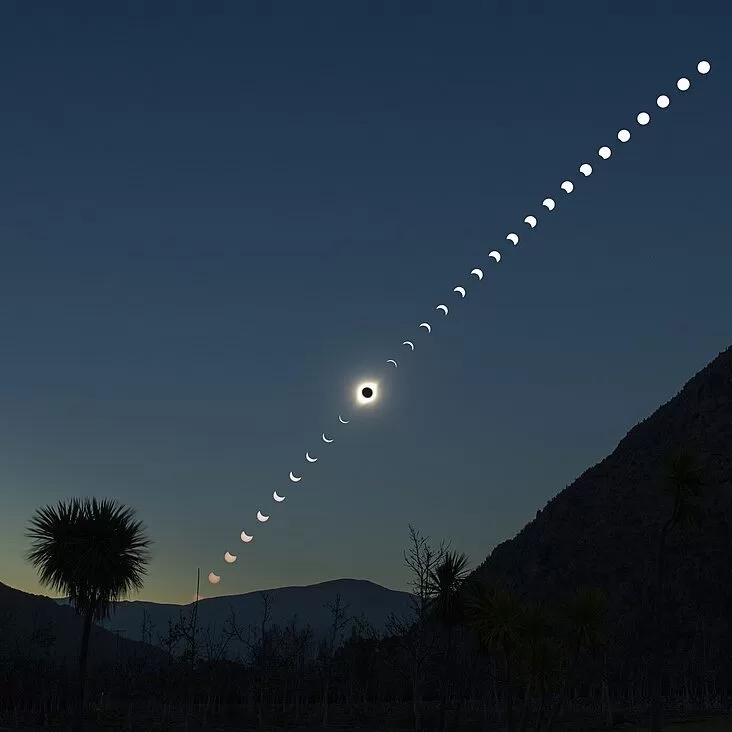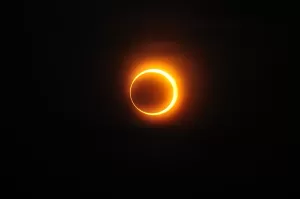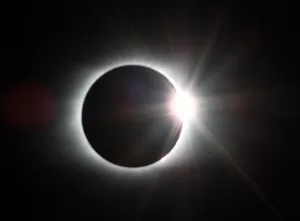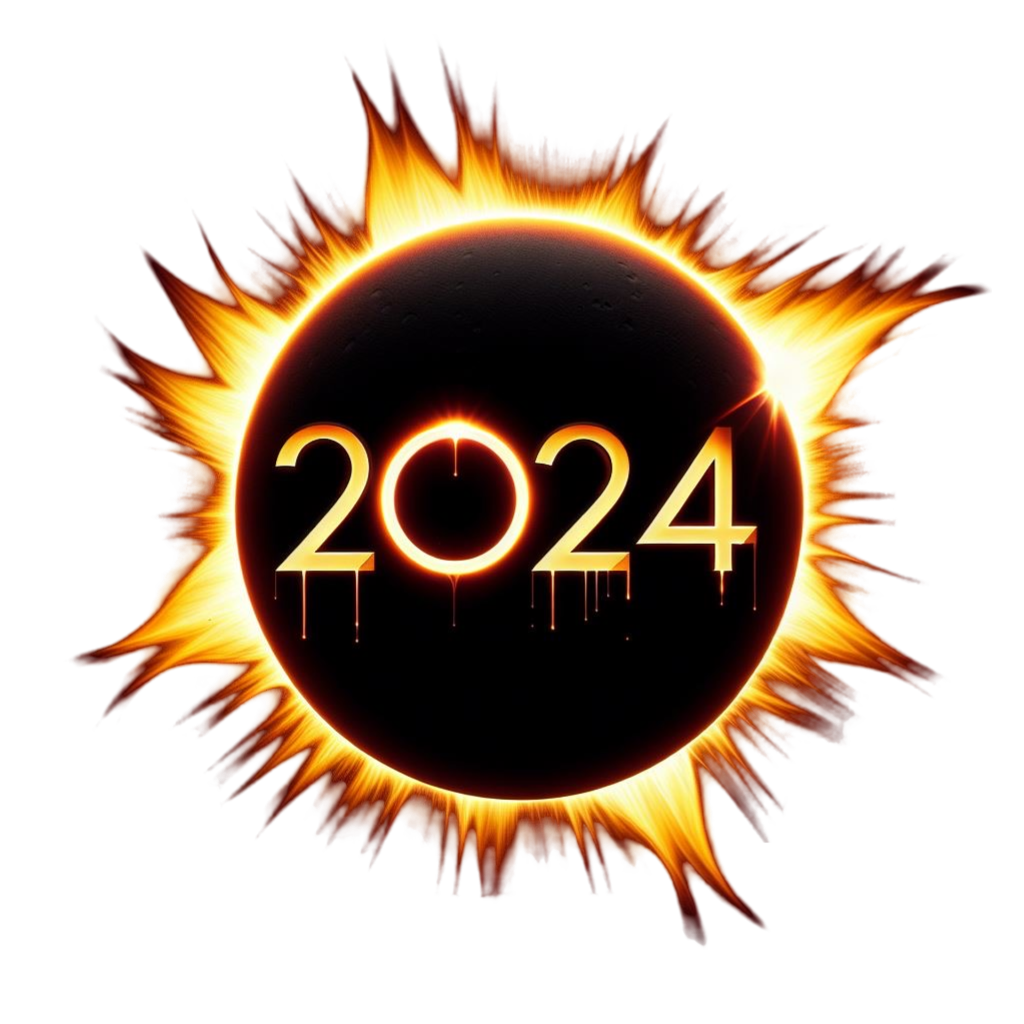Solar eclipses are among the most spectacular celestial events that captivate observers across the Earth. These rare occurrences, where day momentarily turns into night, have fascinated humans for millennia, inspiring awe, wonder, and even fear. But what exactly is a solar eclipse, and how does it occur? Let’s delve into the science behind solar eclipses to understand this breathtaking natural phenomenon.
The Celestial Dance
A solar eclipse happens when the Moon passes between the Earth and the Sun, casting a shadow on the Earth and momentarily obscuring our view of the Sun. This alignment can only occur during a new moon, when the Sun and the Moon are in conjunction as seen from Earth. However, solar eclipses do not happen at every new moon due to the tilt of the Moon’s orbit around the Earth, which is about 5 degrees off from the Earth’s orbital plane around the Sun.
Types of Solar Eclipses
Solar eclipses are classified into three main types, each offering a unique visual experience:
-
Total Solar Eclipse: This occurs when the Moon completely covers the Sun, as viewed from a specific area on Earth. Observers in the path of the Moon’s full shadow, or umbra, experience a brief period of darkness in the middle of the day. During totality, the Sun’s corona, its outer atmosphere, becomes visible as a glowing halo around the dark silhouette of the Moon.
-
Partial Solar Eclipse: When only a part of the Sun is obscured by the Moon, it’s called a partial solar eclipse. This happens for people who are in the penumbra, the partial shadow of the Moon. The amount of the Sun covered varies depending on your location relative to the path of the eclipse.
-
Annular Solar Eclipse: Sometimes, the Moon is too far from the Earth to completely cover the Sun, resulting in an annular solar eclipse. This creates a “ring of fire” effect, where a bright, annular ring of the Sun’s surface surrounds the Moon’s silhouette. Annular eclipses occur when the eclipse takes place near the Moon’s apogee, the farthest point from the Earth in its orbit.
The Path of Totality
The path of totality is a relatively narrow track across the Earth’s surface from which a total solar eclipse is visible. Its width and the duration of totality can vary, depending on the geometry of the Sun, Moon, and Earth during the eclipse. Observers near the center of the path can experience totality for the longest duration, while those near the edges will see a shorter total eclipse.
Safety First
Viewing a solar eclipse requires precaution. The only safe phase to view a solar eclipse without protective eyewear is during the brief period of totality. At all other times, including during partial and annular eclipses and the partial phases of a total eclipse, eclipse glasses or other solar viewing protection must be used to prevent eye damage.
In Conclusion
Solar eclipses are a testament to the beauty and precision of the cosmos. They remind us of our place in the universe and offer a momentary glimpse into the intricate movements of celestial bodies. By understanding how solar eclipses occur, we can better appreciate these rare and remarkable events, safely and with a sense of wonder. Whether it’s the eerie calm of totality, the striking image of a “ring of fire,” or the subtle change of a partial eclipse, each eclipse offers a unique opportunity to connect with the cosmos.






